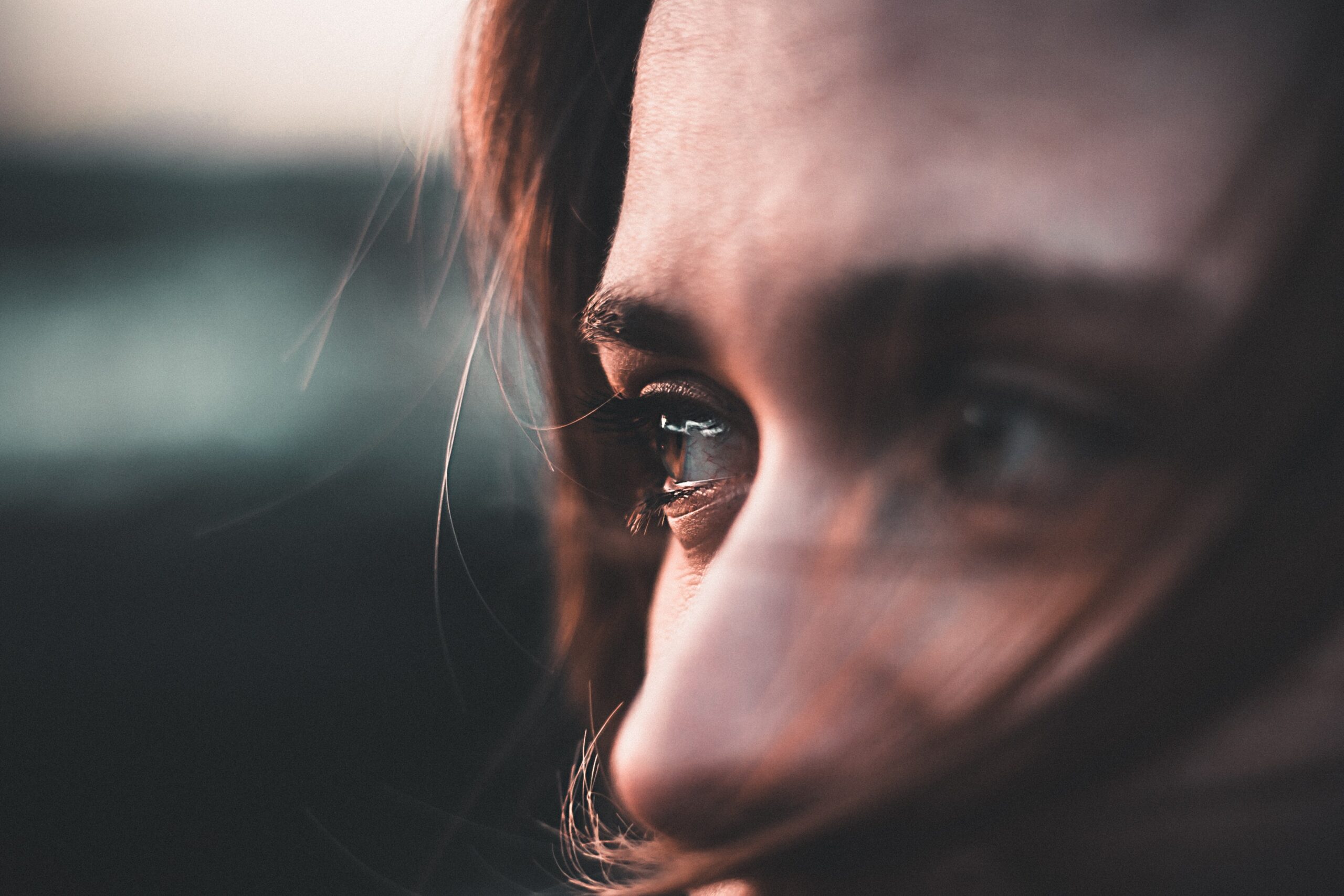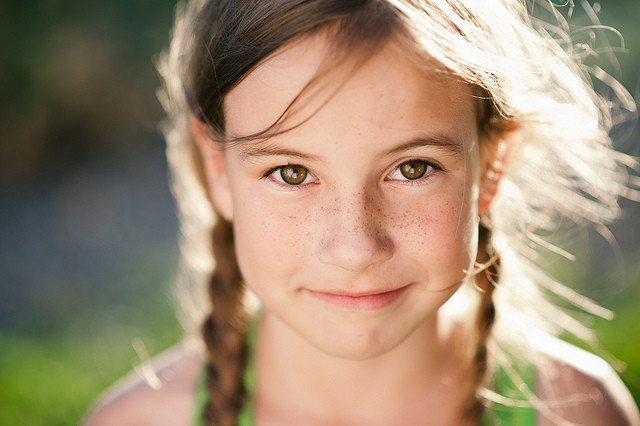Evolved photography captures emotions
through visuals with human elements and color psychology.
Photography has remarkably evolved within the last two centuries, ranging from simple black-and-white devices to digital devices capable of capturing every detail. The capacity of photography to observe and arouse emotions is one of its most interesting features.
The vivid visuals can elicit happiness, grief, delight, terror, and many other emotions. Few people have the ability to capture emotions through photography.
Translate your emotions into the image

Photography evokes Emotion through meaningful images – Pexels
A truly inspiring image translates the photographer’s emotions to the viewer.
Photography can be an outlet for expressing your feelings. It can help to capture and document the moods and emotions that you experience.
Additionally, It can also be used to tell stories and share experiences.
Focus on the details of the image and the story that you want to tell. Use the photo as a way to express yourself and your feelings. Just pause and let the mood seep right in!
Whether the scenery’s mood feels cold and gloomy—or delightful—you can play with the light, effects, and even the image’s focus and elements to convey this feeling to the viewer.
Notice what type of feelings the scenery is giving you and translate that into your photography.
Use a human element in your shot

The International Dog Photo Competition received 7,000+ entries from 70+ countries worldwide, including Brazil, Canada, USA, China, Russia, Australia, and New Zealand
It might be easier for the viewer to relate to the image and experience the emotion of the scene when there is a person in the frame—moreover, incorporating a person may add context and serve as a powerful storytelling tactic.
Body language, hand gestures, and facial expressions are all connected to both physical and emotional experiences.
For example, if you want to express happiness within your image, including a smile is a very effective method to translate that feeling.
It’s a common saying that the eyes are a window to the soul, and it’s true. When interpreting someone’s emotions, we look at how their eyes are expressing themselves.
To that end, a clever way to add a wide range of emotions to your artwork is to incorporate eyes and a human element into your image.
When I have a camera in my hand, I know no fear – Alfred Eisenstaedt –
Understand the colors and their implications

Color Psychology enhances Brand Appeal and Relatability
Colors have the power to evoke moods and certain emotions.
For instance, bright vibrant colors like red or yellow might inspire force, enthusiasm, and pleasure—while cold colors like blue or green can inspire tranquility.
By understanding the symbolism of colors and how they interact with each other, you can create powerful images that awaken strong emotions in the viewer.
To accentuate this further, it’s crucial to remember to take into account color combinations, saturation, and tones while capturing emotions.
Little tweaks in color contrasts, brightness, and other effects may have a significant impact on the emotions that an image expresses.
Consider Lightning

Optimal Timing is critical for Capturing great Shots as sunlight varies throughout the day
Lightning has the ability to provide a dramatic, intense environment that might arouse strong feelings. Bright light may be used to inspire feelings of amazement and astonishment.
However, dark lights can provide a sense of mystery or danger.
For example, it could be a good idea to take pictures on a cloudy day if you want to give the session a gloomy feel—but it’s not a good idea for happier photo shoots.
With the appropriate approach, lightning can give photographs a distinctive and unforgettable touch.
Capturing emotions is an extremely valuable talent in photography!

Always Shoot from the Shadow Side – Ted Grant –
Photographers who are able to perfectly capture the mood of a scene may generate compelling photos that elicit strong reactions from viewers.
This ability necessitates a keen eye for detail, a firm grasp of composition, and timing.
Minor tweaks in the scaling, lighting, and image effects—such as blur, focus, and even exposure settings—can evoke feelings and emotions within the image.
In the smallest details of the photographer’s work, he or she can bring forth the desired emotions and leave a lasting impression.
A Promising Breakthrough: Injectable Medication for Schizophrenia Treatment Coming Soon








